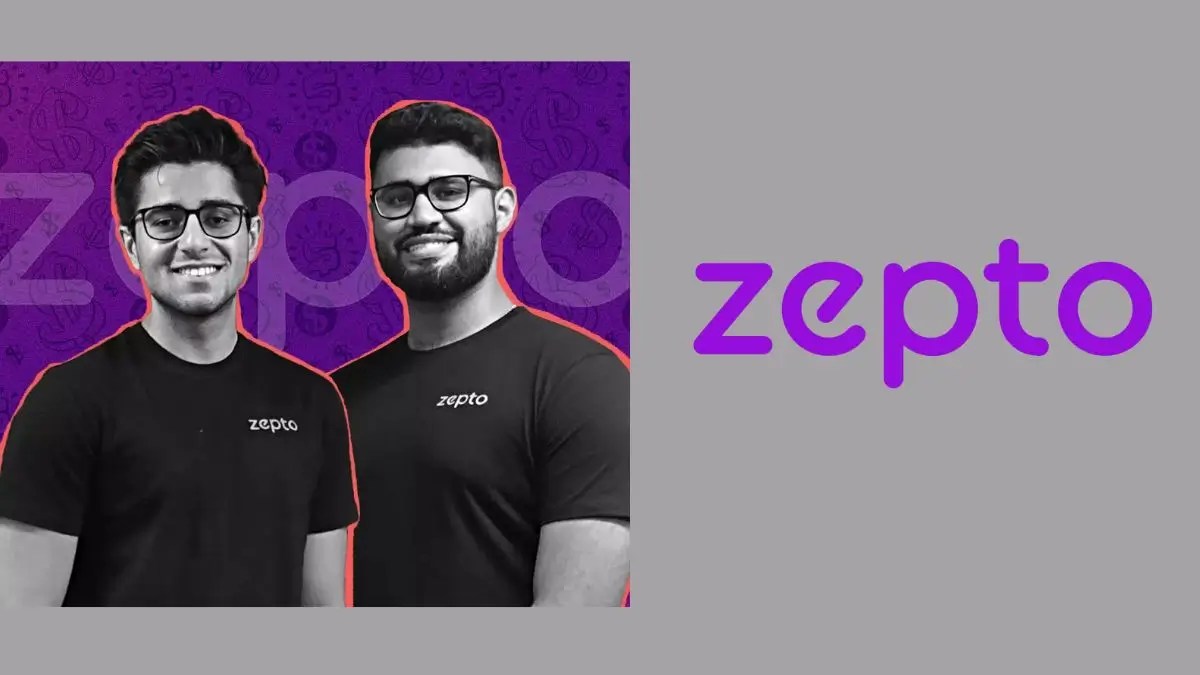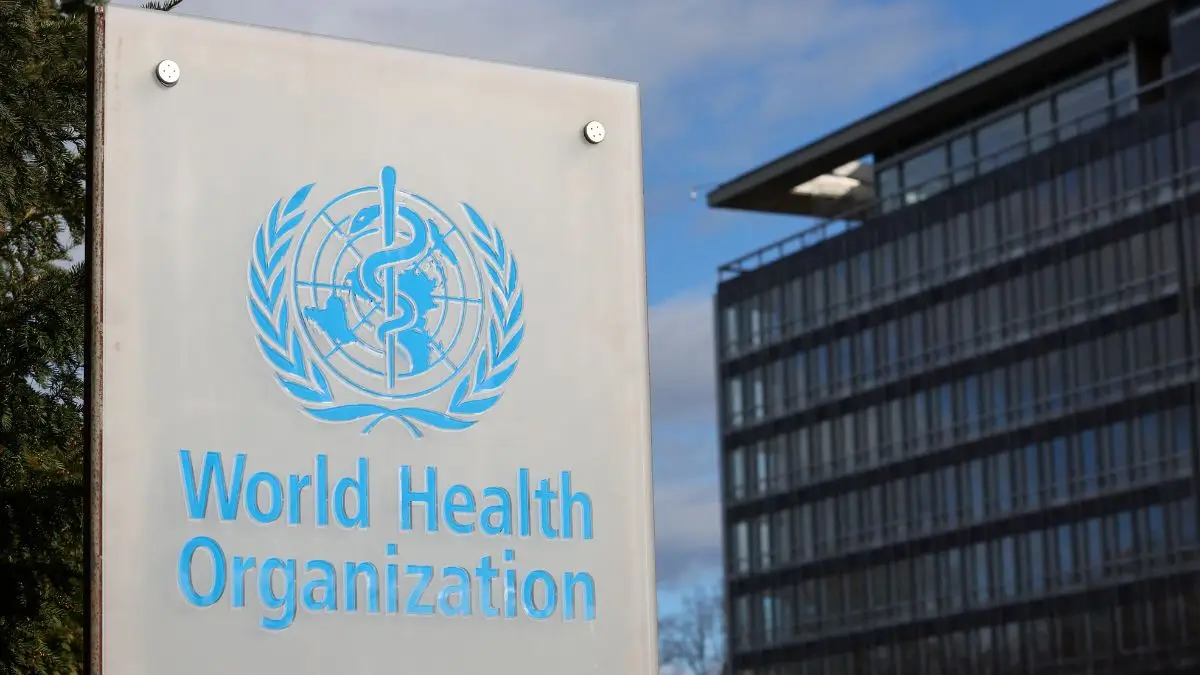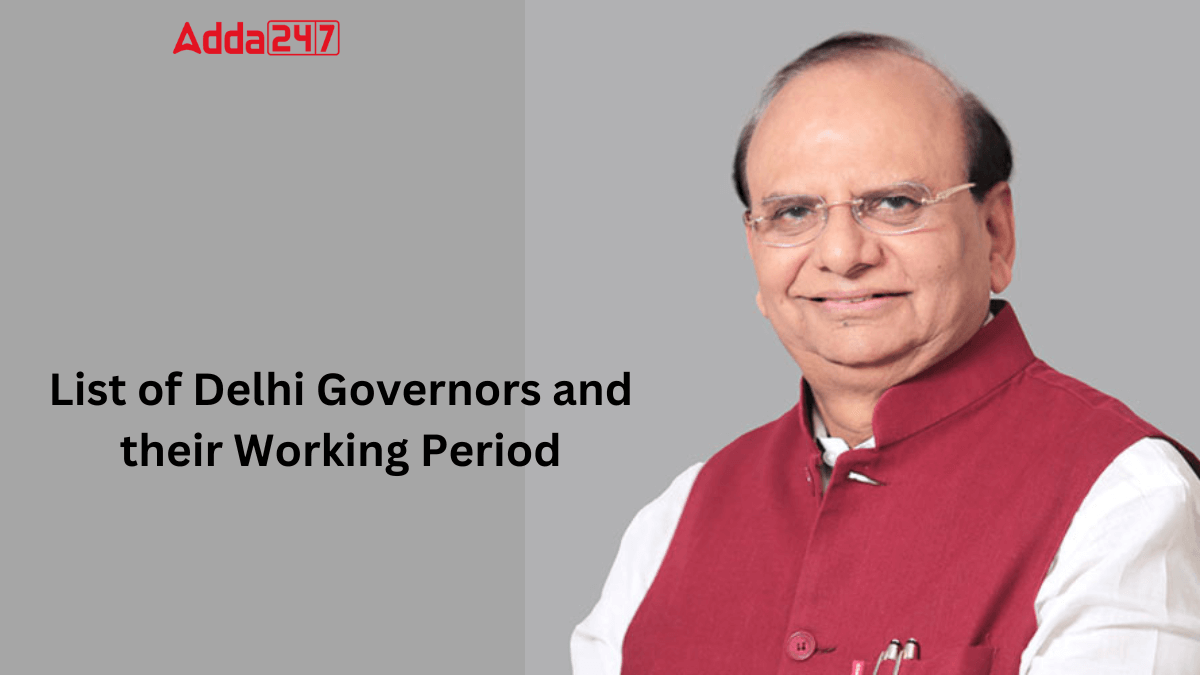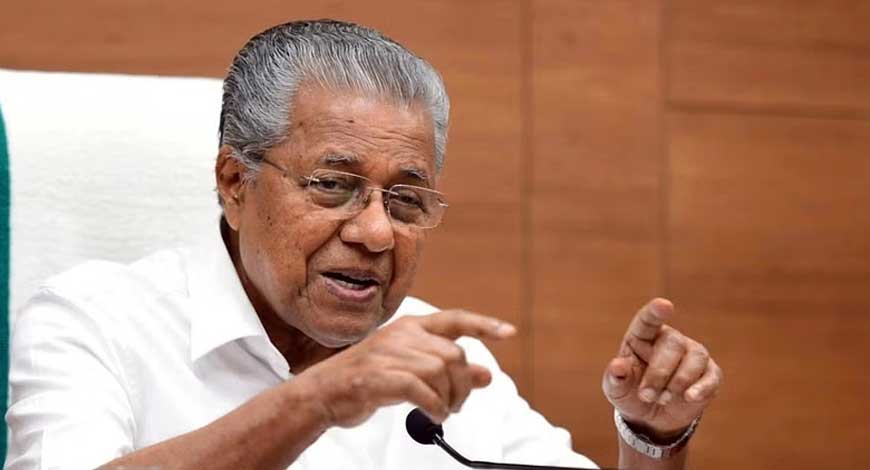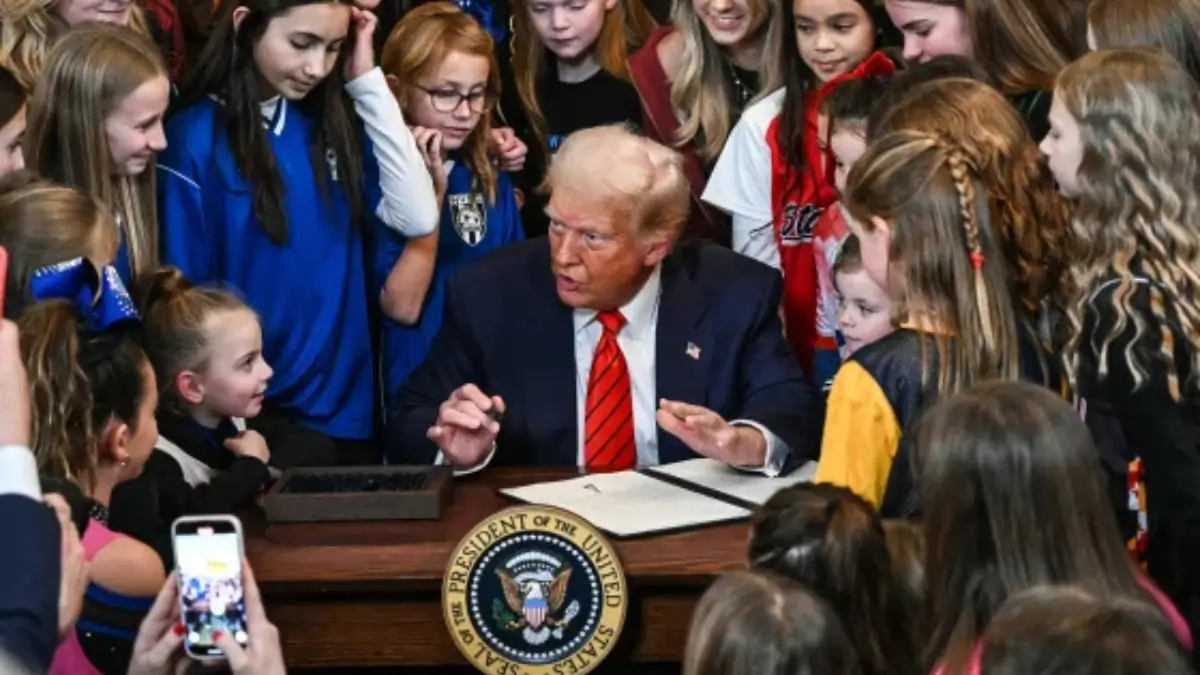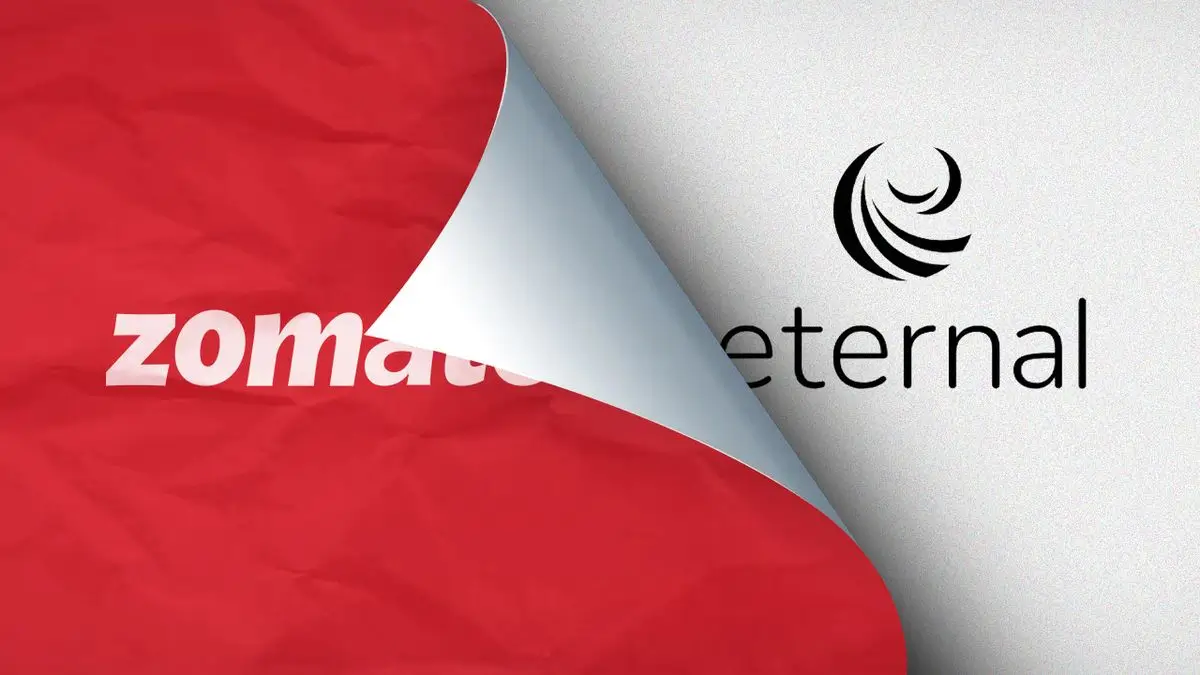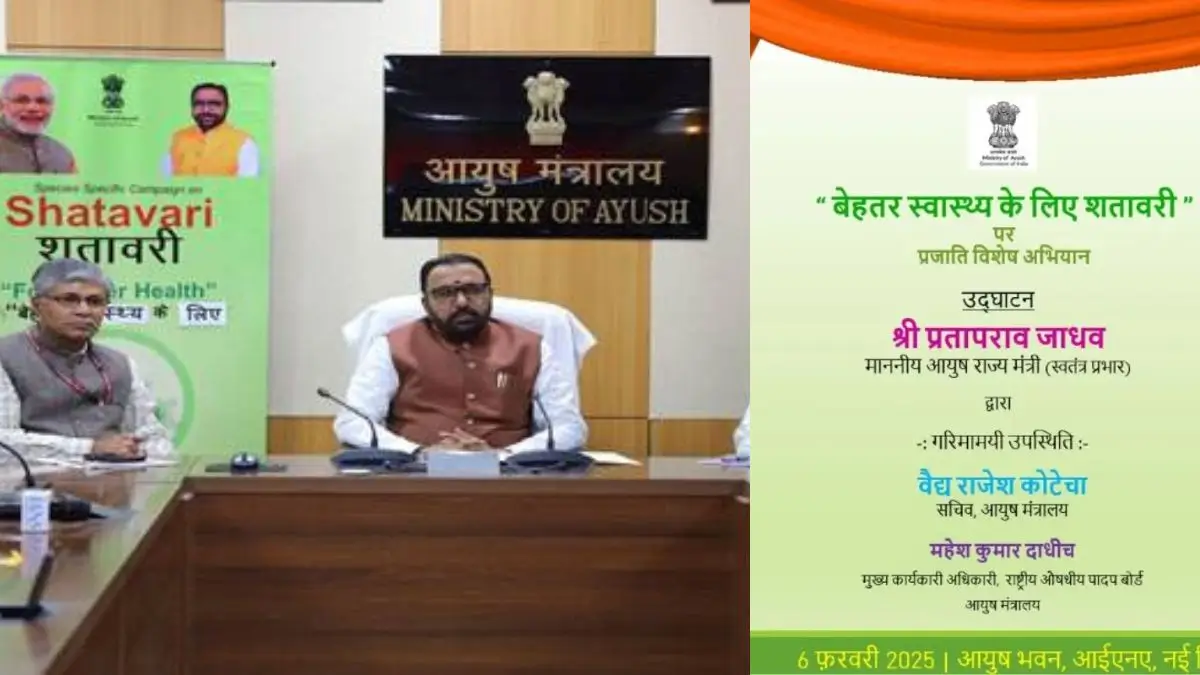India is set to strengthen its logistics sector through initiatives like PM Gati Shakti and the National Logistics Policy, aiming to enter the top 25 of the World Bank’s Logistics Performance Index (LPI) by 2030. Currently ranked 38th out of 139 nations, India is witnessing rapid infrastructure development, multi-modal transformation, and policy-driven logistics advancements. With an expected market size of $484.43 billion by 2029, the government aims to reduce logistics costs from 13-14% of GDP to single digits. The study, released ahead of LogiMAT India 2025, emphasizes the role of advanced technologies and public-private partnerships in positioning India as a global logistics hub.
Key Highlights
India’s Current Rank
- 38th out of 139; target is top 25 by 2030.
- PM Gati Shakti & National Logistics Policy
- Key drivers in enhancing logistics efficiency.
Market Growth
- India’s logistics sector to grow at 8.8% annually, reaching $484.43 billion by 2029.
Check: Today Current Affairs
Infrastructure Investments
- 434 projects worth ₹11.17 lakh crore identified under PM Gati Shakti.
- Focus on energy, mineral, cement, port connectivity, and high-traffic corridors.
Other Goal
- Cost Reduction Goal: Logistics costs (currently 13-14% of GDP) to be brought to single digits by 2030.
- Multi-modal Transformation: Development of high-speed roads, hyperloops, and new airports to cut transport time by 66%.
Expectations
- India’s Economic Growth: Projected to surpass Japan by 2026 and become the 4th largest economy.
- Public-Private Partnership: Emphasis on advanced technology & innovative solutions to tackle infrastructure challenges.
- Event Announcement: LogiMAT India 2025 (Feb 13-15, Mumbai) will showcase logistics innovations.
| Summary/Static | Details |
| Why in the news? | India Aims for Top 25 in Global Logistics by 2030 |
| LPI Rank (Current & Target) | 38th (2024) → Top 25 (2030) |
| Major Government Initiatives | PM Gati Shakti, National Logistics Policy |
| Growth Rate | 8.8% annually |
| Projected Market Size (2029) | $484.43 billion |
| Logistics Cost Reduction Target | From 13-14% of GDP to single digits by 2030 |
| Infrastructure Investments | ₹11.17 lakh crore (434 projects) |
| Key Sectors for Improvement | Energy, minerals, cement, port connectivity, high-traffic corridors |
| Transport Time Reduction | 66% (via high-speed roads, hyperloops, airports) |
| India’s Global Economic Ranking (2026) | Expected to surpass Japan, becoming the 4th largest economy |


